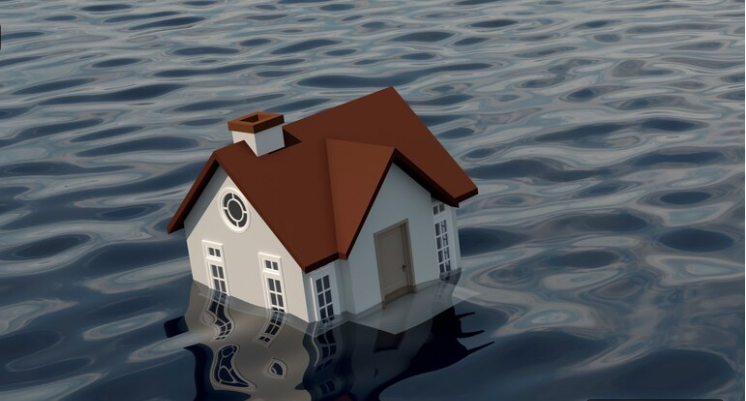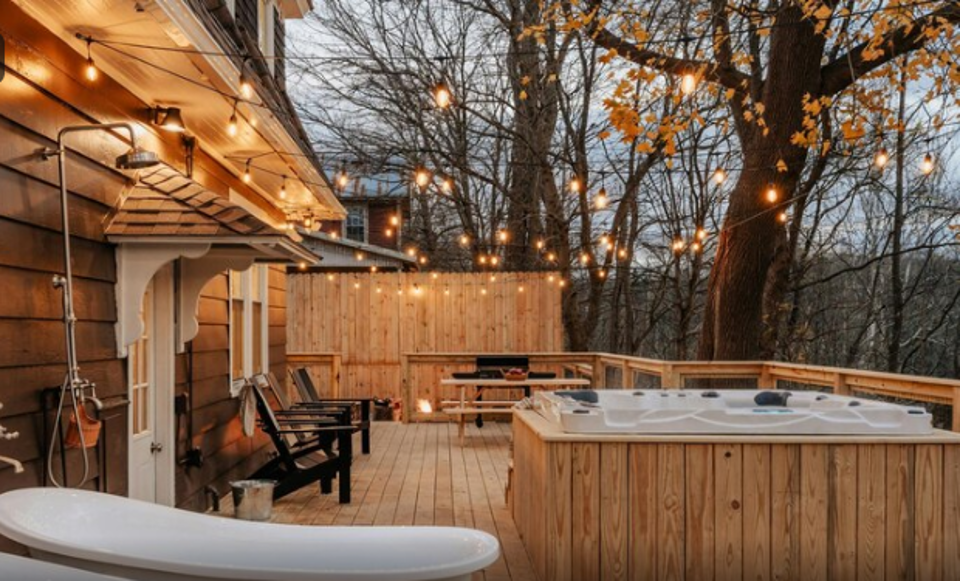Home Insurance & Flood Zones
Standard Policy Implications
Home insurance policies in flood zones typically don't have higher premiums for standard coverage because flood damage is universally excluded from these policies. Standard homeowners insurance covers perils like fire, wind, theft, and certain water damage (such as burst pipes) but explicitly excludes flooding regardless of your property's location. This means your basic homeowners premium won't directly increase based solely on flood zone designation. However, mortgage lenders in flood zones typically require flood coverage verification through the insurance process, which may create the impression of higher "insurance costs" when viewed comprehensively rather than by specific policy type.
Separate Flood Insurance Requirements
Properties in Special Flood Hazard Areas (SFHAs) designated as high-risk flood zones require separate flood insurance policies, substantially increasing overall insurance expenses. National Flood Insurance Program (NFIP) policies for high-risk zones typically cost $700-$3,000 annually, depending on coverage levels, building characteristics, and specific zone designation. Properties in Coastal Barrier Resource Areas or V zones (coastal high-velocity wave zones) face the highest premiums, often exceeding $4,000 annually. These additional policies represent a significant cost burden not experienced by homeowners outside flood zones, effectively making total insurance expenses substantially higher for flood zone properties.
Indirect Premium Factors
While standard home insurance doesn't increase premiums specifically for flood risk, several indirect premium impacts affect flood zone properties. Claims history tends to be higher in flood-prone areas even for non-flood perils, as properties experiencing repeated flooding often develop secondary issues like foundation problems, electrical system deterioration, or mold susceptibility. Insurance companies sometimes apply general "territory rating factors" that increase premiums in areas with higher overall claim frequencies, indirectly capturing flood zone correlation. Additionally, properties in flood zones often face higher exposure to other weather-related perils like wind damage during storms, potentially affecting premium calculations through correlated risk assessments.
Mitigation Discount Opportunities
Flood zone properties can offset some premium impacts through specific mitigation measures. Elevating structures above base flood elevation can reduce or eliminate NFIP premiums while potentially qualifying for a preferred rating on standard insurance. Installing flood vents, water-resistant materials, and elevated electrical systems can reduce flood insurance costs by 5-15%. Documentation of these improvements through elevation certificates and building code compliance verification provides tangible evidence for premium reduction requests. These mitigation options require significant investment but often deliver positive returns through premium savings and improved property marketability.
Insurance Availability Challenges
Beyond premium concerns, flood zone properties sometimes face limitations in insurance availability, creating additional costs. Some private insurers decline coverage entirely for properties in certain flood zones, limiting market competition and potentially forcing placement with higher-priced specialty carriers. Properties with previous flood claims may face higher standard insurance premiums regardless of current flood zone status due to demonstrated vulnerability or previous water damage. In challenging cases, property owners may need to access state-run insurance pools or surplus line carriers charging substantially higher rates than standard market insurers.






